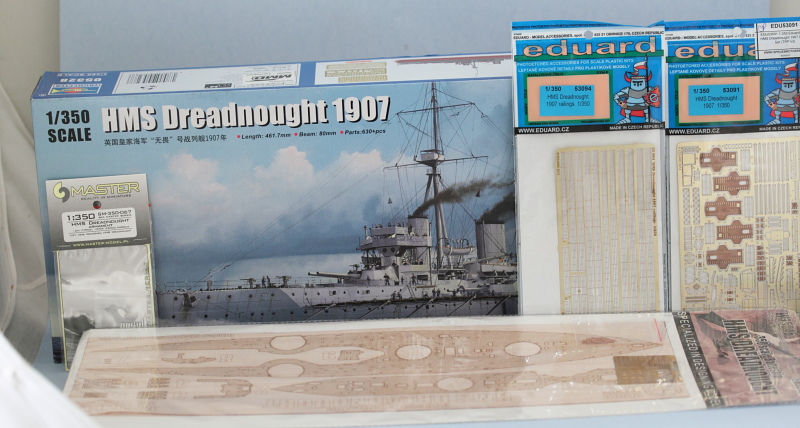Continuing on with the efforts aimed at the hull details and getting it ready for the first round of painting, I decided to add the screen covers to the front part of the anchor chain guide holes, a missing detail that isn't covered in either the Eduard PE sets or the kit. I tried several different ways of scratch-building this item including using sheet styrene and drilling out holes by hand and using some nylon mesh screen material but neither of these produced the desired result. After scrounging around in my spares bin, I found some old photo-etched steel Pzkpfw III intake screens that had what I wanted.
The challenge was to cut them to the right shape...so I created a pattern by taking a pencil and doing a rubbing with a piece of white paper over the hole's opening on the super deck to get the outline. This was cut out and then photocopied onto another sheet and only the front half trimmed out. Using some sharp sturdy scissors, I cut the mesh into the desired shape and then fine tuned it with Tamiya sprue cutters where needed until I had three suitably sized screens. The screens were glued in place with liquid glue and gently pressed down with a wooden toothpick into the desired position.


The next little detail that I needed to add were the 16 'ribs' that were welded over the waterline belt armor plate join seams on each side of the hull but which Trumpeter neglected. These can be clearly seen on the plans and in reference photos as having some thickness out from the hull vs. being just flat strips, so I settled on using some 0.6mm diameter styrene rod to do the job. They had the right width but needed to be flattened, so I secured the rod with a length of masking tape and used a sanding stick to flatten one side, then turned the rod over and flattened the other side.

The Kagero 3D scale plans were invaluable in determining their height and placement around the hull and it was through this process that I realized that Trumpeter 'mirrored' some of the hull details in terms of number/placement of portholes and hatches so in those cases my 'fall back' landmarks of choice were the torpedo net booms.

Speaking of the booms, those came next. In some spots where the booms needed to pass over the ribs, some additional sanding/flattening was needed but otherwise everything mostly played nice with each other. The kit parts only give you the option of having the booms in the stowed position and of course there's no torpedo net provided for but I'm not worried about that for my purposes.

Next were the keels. Both of mine had some warping to different degrees and in different spots on their respective parts, so some careful work with liquid glue and positioning in terms of starting at the front and working my way along in small sections was necessary to get them both in place and lined up properly.

Rounding out this stage of activity, the propeller shafts, support struts, and rudders were installed.

Tomorrow will likely see the first round of painting depending!
